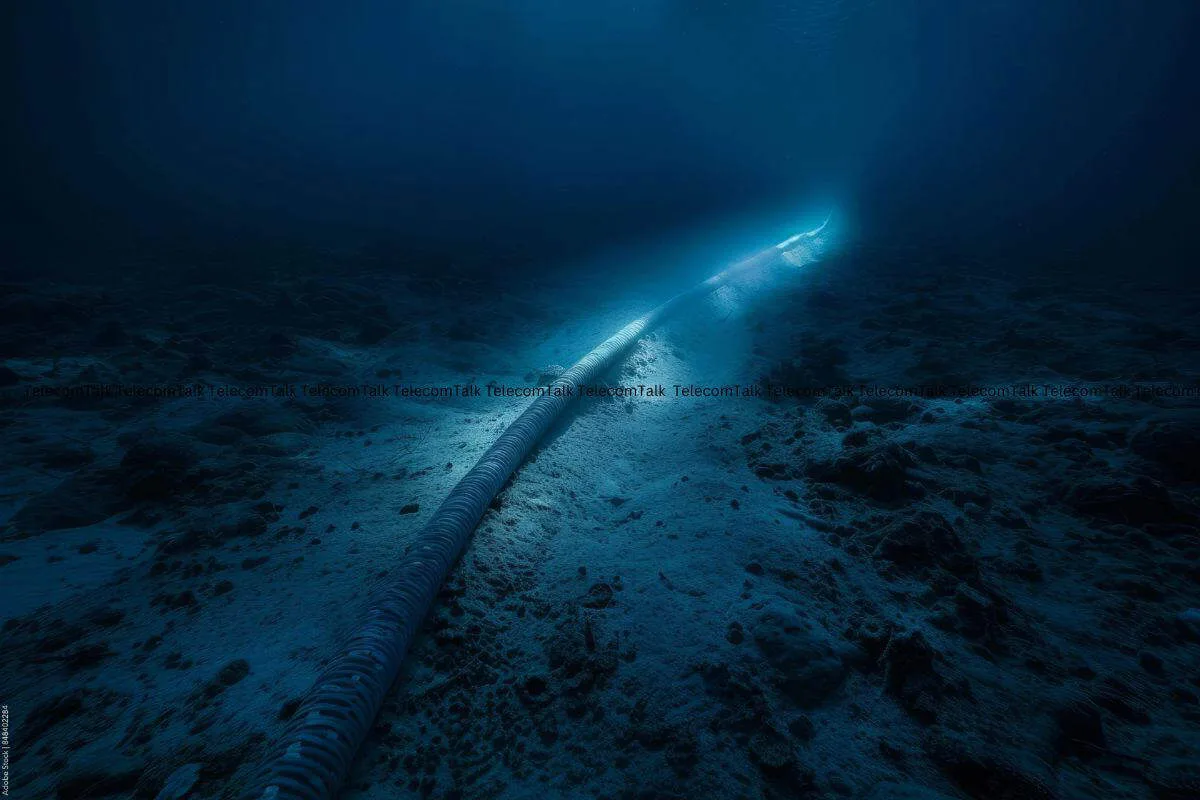
Submarine telecommunication cables are the backbone of global communication, carrying approximately 99 percent of internet traffic and supporting critical services. As of 2024, over 500 active and planned submarine cable systems are in operation, transmitting vast amounts of data with high efficiency. However, these cables remain vulnerable to damage, with an estimated 150–200 faults occurring globally each year. Damage arises from various factors, including fishing, anchoring, natural hazards, and equipment failure.
Also Read: ITU and ICPC Form Global Advisory Body to Strengthen Submarine Cable Resilience
Role of Submarine Cables in Communication
To address these growing challenges and ensure the continued resilience of this critical infrastructure, the International Telecommunication Union (ITU) and the International Cable Protection Committee (ICPC) have jointly launched the International Advisory Body for Submarine Cable Resilience, as reported by TelecomTalk.
India's Strategic Importance
Comprising 40 members from across the globe, this Advisory Body will provide strategic guidance to address challenges such as increasing traffic, aging infrastructure, and rising environmental threats to submarine cables. India plays a key role in the global submarine cable network, with approximately 17 international subsea cables spread across 14 landing stations in Mumbai, Chennai, Cochin, Tuticorin, and Trivandrum, according to the Ministry of Communications.
As of the end of 2022, the total lit capacity and activated capacity of these cables were 138.606 Tbps and 111.111 Tbps, respectively, underscoring India's critical importance in the global communications infrastructure.
The Ministry highlighted the involvement of several Indian telecom operators in submarine cable infrastructure, including:
- Tata Communications, which owns five cable landing stations in Mumbai, Chennai, and Cochin.
- Global Cloud eXchange (formerly Reliance Globalcom), operating stations in Mumbai and Trivandrum.
- Reliance Jio, with cable landing stations in Chennai and Mumbai, alongside new projects underway.
- Bharti Airtel, managing stations in Chennai and Mumbai and landing the 2Africa/EMIC-1 and SEA-ME WE 6 cables.
- Sify Technologies and BSNL, involved in operating various cable landing stations.
- Vodafone and IOX, the latter planning to construct a new cable landing station in Puducherry.
Challenges to Submarine Cable Infrastructure
Despite their critical role, submarine cables face growing vulnerabilities. In 2023 alone, over 200 cable repairs were reported globally due to environmental hazards, aging systems, and complex regulatory environments. Such disruptions can have far-reaching consequences, including economic instability, security risks, and widespread internet outages.
Also Read: US FCC Launches Comprehensive Review of Submarine Cable Licensing Rules
Building Resilience
Modern submarine cables are engineered to transmit vast amounts of data over long distances with remarkable efficiency. Their outer protective layers shield against environmental threats like deep-sea pressure, corrosion, and marine activity, while their core fiber strands are optimised for high-speed data transmission with minimal signal loss.
However, the journey to deploy subsea cable is lengthy. From design to deployment, a submarine cable can take over two years to become operational. This timeline is influenced by several factors, including securing funding, navigating permitting and regulatory hurdles, and addressing environmental and operational requirements.
Through the International Advisory Body on Submarine Cable Resilience, the ITU aims to establish best practices for securing submarine cable infrastructure. These include enhancing cable maintenance, preventing damage, ensuring rapid recovery after disruptions, and promoting sustainable industry practices.















